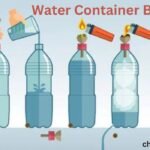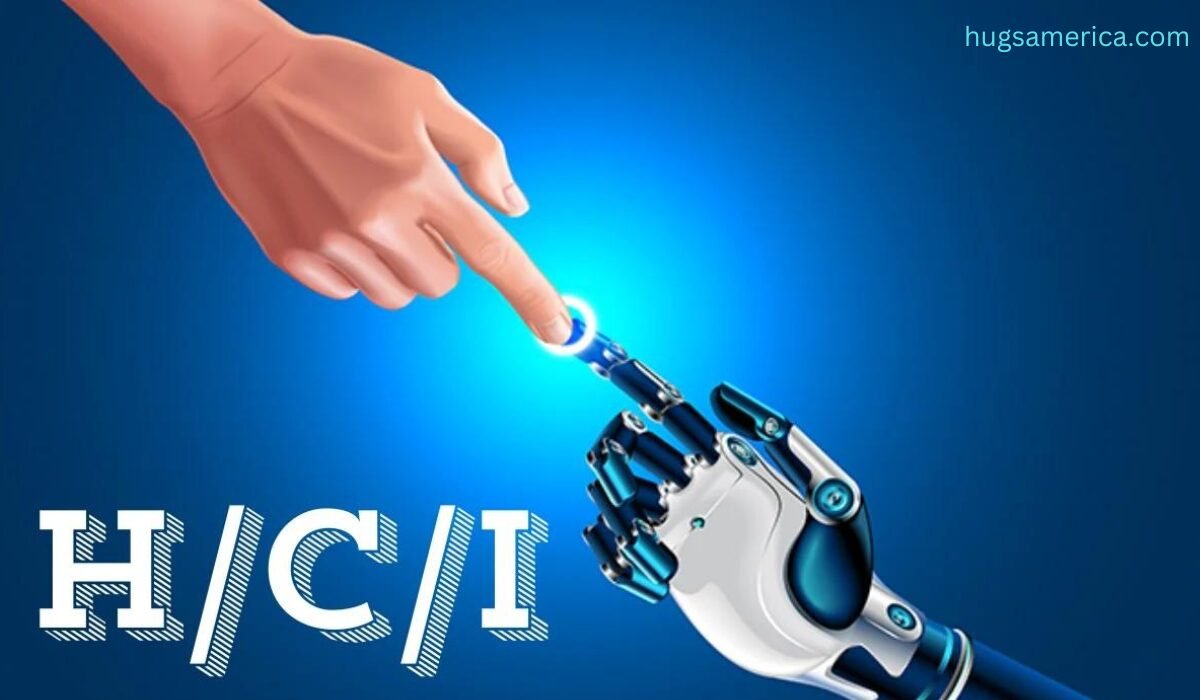Introduction
Guaranteeing wellbeing is a pivotal worry for organizations, schools, and public spaces the same. Given the heap perils that can emerge in any climate, taking on an efficient way to deal with oversee gambles is basic. Enter H/C/I — a structure intended to guard conditions by distinguishing possible dangers, executing controls to deal with those risks, and arranging mediations to address any episodes that happen. This exhaustive aide will walk you through all that you want to be aware of H/C/I, its significance, and how to actually execute it.
What is H/C/I?
Figuring out the H/C/I System
H/C/I represents Peril, Control, and Mediation. It’s an organized technique to guarantee wellbeing by tending to likely dangers and overseeing episodes when they happen. Initially produced for working environments, this system is flexible and can be applied in different settings, like schools, public spaces, and even homes.
Separating H/C/I
Peril: Whatever might inflict damage, like actual items, synthetic compounds, or dangerous circumstances.
Control: Measures taken to forestall or decrease the gamble presented by perils, including wellbeing methodology, gear, and approaches.
Intercession: Activities to deal with episodes when they happen, like crisis reactions, medical aid, and remedial measures.
Significance of H/C/I
Why H/C/I is Fundamental
Executing H/C/I isn’t just about marking boxes; it’s tied in with establishing a more secure climate for all interested parties. Here’s the reason it’s significant:
Forestalls Mishaps
By recognizing and controlling perils, the gamble of mishaps and wounds is limited. This proactive methodology can save lives and decrease the event of working environment wounds.
Guarantees Consistence
Numerous ventures have tough wellbeing guidelines. H/C/I assists associations with meeting these lawful prerequisites, keeping away from likely fines and punishments.
Safeguards Wellbeing
Limiting the effect of occurrences guarantees the prosperity of people, diminishing pressure and encouraging a better climate.
Further develops Efficiency
A protected working environment is a useful one. Decreasing interruptions brought about by mishaps and wounds upgrades in general proficiency and assurance.
Implementing H/C/I
Step 1: Identify Hazards
Identifying hazards is the first step in the H/C/I framework. Here’s how to do it effectively:
Conduct Inspections
Regularly check the environment for potential dangers. This can be done through routine inspections, checklists, and audits.
Consult Employees
Gather insights from those familiar with the environment. Employees often have valuable observations about potential hazards that may not be immediately obvious.
Review Records
Look at past incidents to identify recurring hazards. Historical data can provide insights into patterns and areas needing attention.
Step 2: Assess the Risks
Once hazards are identified, the next step is to assess their risks. This involves evaluating each hazard based on:
Likelihood
The chance of the hazard causing harm. High-risk hazards require immediate attention, while lower-risk ones might be monitored.
Severity
The potential impact of the hazard. Hazards that could cause severe injury or damage need robust controls.
Exposure
How often people are exposed to the hazard. Frequent exposure increases the likelihood of incidents.
Step 3: Implement Controls
Put in place measures to manage risks. This can include:
Elimination
Remove the hazard if possible. This is the most effective control measure.
Substitution
Replace the hazard with something safer. For example, using non-toxic chemicals instead of hazardous ones.
Engineering Controls
Use equipment or changes to reduce risk. This can include ventilation systems, machine guards, or ergonomic furniture.
Administrative Controls
Develop policies and training programs. Clear guidelines and regular training ensure everyone knows how to stay safe.
Personal Protective Equipment (PPE)
Provide safety gear like gloves, masks, and helmets. PPE serves as the last line of defense against hazards.
Step 4: Plan Interventions
Prepare for incidents with:
Emergency Procedures
Clear steps for dealing with emergencies. This includes evacuation plans, fire drills, and emergency contacts.
First Aid
Ensure availability of first aid supplies and trained personnel. Quick access to first aid can mitigate injuries.
Communication
Establish ways to report and respond to incidents. Open lines of communication ensure timely responses and transparency.
Review and Improve
Analyze incidents to enhance controls and interventions. Continuous improvement is key to maintaining a safe environment.
Examples of H/C/I in Action
Construction Sites
Hazards
Falling objects, heavy machinery, hazardous materials.
Controls
Safety helmets, harnesses, equipment maintenance.
Interventions
Emergency drills, first aid stations, incident reporting.
Office Environments
Hazards
Ergonomic issues, electrical hazards, fire risks.
Controls
Ergonomic furniture, regular electrical checks, fire safety plans.
Interventions
Fire drills, first aid kits, emergency contact lists.
Schools
Hazards
Slips and falls, unsafe playground equipment, chemicals in labs.
Controls
Non-slip flooring, equipment inspections, safe chemical storage.
Interventions
Evacuation drills, nurse stations, parent communication.
Benefits of H/C/I
Reduces Injuries
Proactively addresses hazards to prevent injuries. A safer environment means fewer accidents and a healthier workforce.
Promotes Safety Culture
Encourages awareness and responsibility for safety. A strong safety culture fosters collaboration and vigilance.
Enhances Reputation
Builds trust and respect for safety-conscious organizations. A commitment to safety can enhance a company’s reputation and attract top talent.
Cost Savings
Prevents expenses related to accidents, legal issues, and downtime. Investing in safety can lead to significant financial savings in the long run.
Challenges in Implementing H/C/I
Resource Limitations
Requires time, money, and effort to implement controls and interventions. Smaller organizations may struggle with the initial investment.
Resistance to Change
People may be reluctant to alter established practices. Overcoming this resistance requires effective communication and leadership.
Keeping Up-to-Date
Continual monitoring and updating are needed as hazards and best practices evolve. Staying current with the latest safety standards is essential.
YOU MAY ALSO LIKE
MyFlexBot – The Powerful Customer Support Tool
Conclusion
H/C/I is an essential structure for guaranteeing security across different conditions. By recognizing dangers, executing controls, and arranging intercessions, we can make more secure, better, and more useful spaces. Embracing H/C/I safeguards people as well as upgrades by and large proficiency and consistence. Keep in mind, security is a common obligation, and applying H/C/I is a stage toward a more secure future for all.
Assuming you’re hoping to coordinate these standards into your work environment or need further direction, consider connecting with our security specialists. Together, we can fabricate a more secure tomorrow.
FAQS
- What is the H/C/I structure?
H/C/I represents Risk, Control, and Mediation. It’s a precise way to deal with distinguish risks, carry out control measures, and plan mediations to guarantee security in different conditions. - How would you distinguish perils in the working environment?
Perils are recognized through standard investigations, counseling workers, and checking on authentic occurrence records. This assists with uncovering both self-evident and secret risks. - What kinds of controls can be executed to oversee gambles?
Controls incorporate end, replacement, designing controls, regulatory controls, and individual defensive hardware (PPE). Each type expects to diminish or dispose of the related dangers. - For what reason is it essential to design mediations?
Arranging mediations, for example, crisis techniques and having medical aid accessible, guarantees that there are clear and viable measures set up to answer crises and limit harm or injury. - What are the advantages of executing the H/C/I structure?
Benefits incorporate decreased wounds, advanced security culture, upgraded standing, and cost reserve funds because of less mishaps and legitimate issues.








![[7.54-1.964]](https://hugsamerica.com/wp-content/uploads/2024/08/Add-a-heading-42.jpg)

